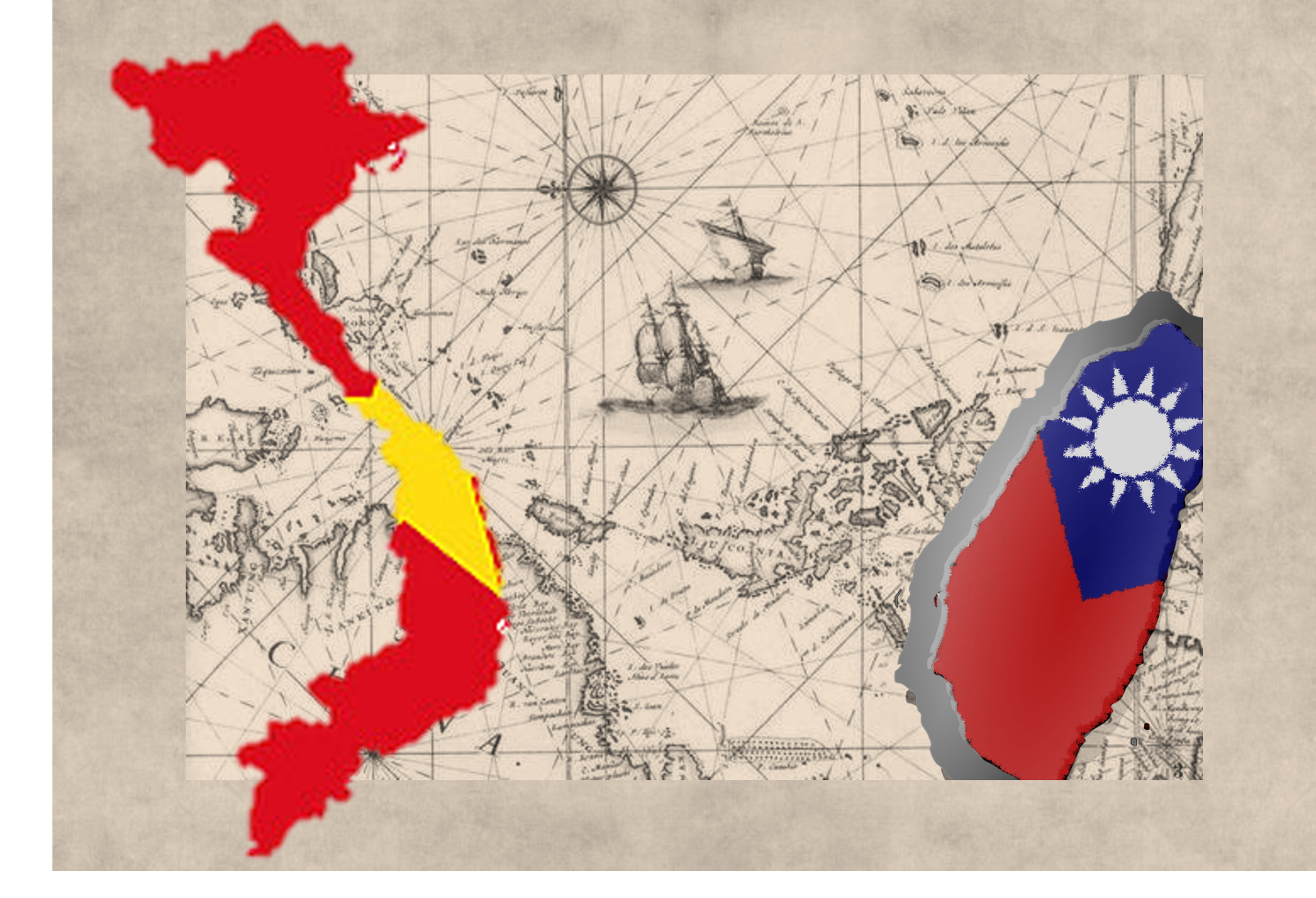Prospect Quarterly 23-1
The Cold War, Renovation, and the Southbound Policy:
The Path Dependence of Taiwan’s Transnational Capital in Vietnam
Shu-ming Chang
(Postdoctoral Fellow, Department of Southeast Asian Studies, National Chi Nan University)
I-chun Kung
(Professor, Department of Southeast Asian Studies, National Chi Nan University)
Abstract
The current economic achievements of Taiwan’s transnational capital in Vietnam reflect the U.S. aid structure of the Cold War in the 1960s and 1970s and the special local conditions in South Vietnam. In this article, the path dependence of transnational capital refers to the governance thinking of Taiwan’s policy toward overseas Chinese affairs and the economic status of the Chinese in South Vietnam. The economic role of the Chinese comports three aspects. First, the southern part of Vietnam has different political and economic conditions than North Vietnam, and has an open cosmopolitan character. Second, the Chinese in Saigon during the South Vietnam period dominated most of the industrial and commercial economy. Third is the active role played by the Ethnic Chinese Office of Vietnam after the renovation, which successfully connected with overseas Chinese capital.
Keywords: Taiwan, Vietnam, Cold War, Renovation (Doi Moi), Southbound Policy
The Party Line and Power Struggles: A Retrospection of the Major Line Struggles Within the Chinese Communist Party Since the Maoist Era
Fu-chung Li
(Associate Professor, Graduate Institute of Taiwan History, National Chengchi University)
Abstract
Theparty lines of the Chinese Communist Party (CCP) shifted frequently over thepast century. The success of the CCP in establishing the People’s Republic ofChina (PRC) contributed to the strategy of “encircling the cities from therural areas,” which was developed mainly by Mao Zedong. In order to gainsupreme leadership within the CCP, Mao launched the so-called “RectificationMovement” in Yan’an to overcome his political adversaries. After theestablishment of the PRC, a series of party line controversies broke out amongthe CCP leadership over what should be the right way to promote a socialistconstruct, including, among other things, whether to terminate the NewDemocracy policy and the struggle between “Rash Advance” and “Opposing RashAdvance.” This path accounts for the disaster of the “Great Leap Forward” andprepared the field for the Cultural Revolution. A new round of power strugglebroke out after the Cultural Revolution. From the “Reform and Open” policylaunched in 1979 through the 20th National Congress of the CCP later this year,the shadow of line disputes and power struggles lingers and reminds us that asa Bolshevik revolutionary party, the CCP’s party line and the power ofdiscourse always have to be shifted at the price of fierce power struggles.
Keywords: Mao Zedong, New Democracy, Anti-Impetuosity,Deng Xiaoping, Xi Jinping
Evaluating China’s Anti-poverty Campaign: A Case Study in “Three Rural Policies”
Tzu-lin Chang
(Ph. D. Student, Graduate Institute of National Development and China Studies, Chinese Culture University)
Hsin-yi Ou-yang
(Professor, Graduate Institute of National Development and China Studies, Chinese Culture University)
Abstract
This paper evaluates the effectiveness of China’s poverty alleviation policy. Using the “template qualitative analysis” procedure and the quantitative evaluation indicators of the “evaluation research” method, this study finds that the “comprehensive victory in the fight against poverty” announced by Xi Jinping in February 2021 is not quite factual. A total of 182,457 characters found in the “No. 1 Document” over the past 18 years were employed as analytical material. Moreover, these texts were categorized as templates for the “4 poverty alleviation goals” disclosed by academic circles. Qualitative analysis reveals a tendency for “haste toward the trivialities and neglect of the fundamental” in China’s poverty alleviation policy. On the other hand, the quantitative evaluation shows that although the disposable income of farmers has grown, it is still much lower than the national average. China’s lower absolute poverty line standards than those adopted by the World Bank signify that the fight against poverty has fallen short. In conclusion, China’s continuously rising Gini coefficient and the urban rural disparity in past 30 years show that the CCP’s founding ideals of liberating the poor, launched a century ago, were “never easy to uphold.” Whether the current “common prosperity” policy will rectify that trend remains to be seen.
Keywords: No. 1 Document, Three Rural Policies, Poverty Line, Anti Poverty Campaign, Policy Evaluatio


